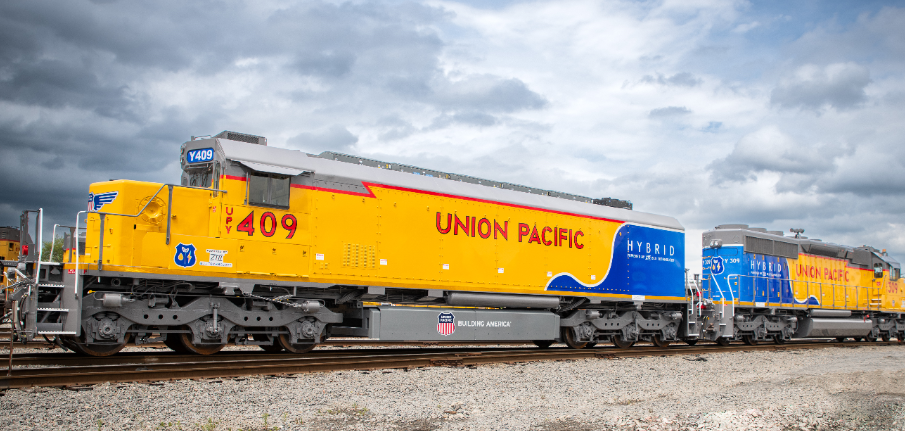Understanding the Role of Unions in the Modern Workplace

Introduction
The importance of unions in today’s workforce cannot be overstated. As workers navigate a rapidly evolving job market, unions continue to play a crucial role in advocating for fair wages, safe working conditions, and workers’ rights. The resurgence of union movements across various sectors highlights their relevance in empowering employees and addressing inequalities within the workplace.
Current Events and Union Activities
In the first half of 2023, several high-profile strikes and union formations occurred, bringing significant public attention to the power of collective bargaining. Notably, the United Parcel Service (UPS) faced potential disruptions when contract negotiations with the Teamsters union became contentious. Workers voiced concerns over wages and working conditions, and their mobilisations led to the company agreeing to better pay and improved work standards.
Similarly, in the tech industry, workers at major firms like Google and Amazon have increasingly organised to demand better workplace conditions and protections against layoffs. The recent formation of a union at an Amazon warehouse in Staten Island marked a historic moment in the retail sector, showcasing employees’ desire for representation in negotiations with powerful corporations.
Benefits of Union Membership
Research has consistently shown that union members tend to earn higher wages and enjoy better benefits than non-union workers. According to the Bureau of Labor Statistics, union workers earned 13.5% more on average than their non-union counterparts in 2022. Furthermore, unions provide critical support in times of workplace disputes or layoffs, offering legal assistance and resources to their members.
Challenges Ahead
Despite their benefits, unions face significant challenges, including a declining membership rate in some regions and increasing opposition from corporate entities and certain political factions. Legislative actions, such as “right-to-work” laws, have made it more difficult for unions to operate in some states, further complicating their efforts to organise and advocate for workers’ rights.
Conclusion
The ongoing developments in union movements signal a revival of collective action among workers seeking respect, fairness, and equality in their workplaces. As economic disparities widen, the role of unions may become even more pivotal in advocating for worker protections and driving policy changes. The future of unions will likely shape the landscape of labour rights in the coming years, as more employees recognise the importance of solidarity in their fight for fairness and dignity at work.









